The lives of John Russell, 6th Duke of Bedford, and Georgina Gordon, Duchess of Bedford, were entwined with the Highlands and Enlightenment Scotland. Michael Alexander learns more from the author of a new book.
Landscape designer turned author Keir Davidson has always been into writing and history.
The son of an historian, Keir grew up in London before going to college then university in Leeds where he did teacher training in history and English.
However, the 74-year-old’s career took an arguably more unconventional route ahead of writing his ninth and latest book Improbable Pioneers of the Romantic Age: The Lives of John Russell, 6th Duke of Bedford, and Georgina Gordon, Duchess of Bedford.
“I’d been working in landscaping in the UK after college,” he explains in an interview from his home in the Berwyn foothills of Wales.
“I ended up going to Japan for five or six years and became entranced with all of those gardens there.
“I’d written a little book called the Art of Zen Gardening which was to do with what western designers can take from the style of a Japanese garden.
“That book was picked up in America by someone who was building a big private botanical garden and they invited me over to build the waterfalls.
“That job turned into a 20 year career doing rather specialised landscaped jobs, largely building waterfalls out of natural rock.”
Work at Woburn Abbey
When Keir returned to the UK in the 1990s – still building waterfalls, and having met his wife in the USA – he was asked to do some waterfall work at Woburn Abbey, the family seat of the Duke of Bedford, in Bedfordshire.
He became friends with the Russell family. Their mutual interest in the history of people like Humphrey Repton – the last great English landscape gardener of the 18th century landscape, who created themed garden areas at Woburn Abbey- resulted in him being given access to the family’s archive.
The result was the publication of Woburn Abbey: The Park and Gardens.
From there, Robin Russell who is the present Duke of Bedford’s brother, became a particular friend.
They were both fascinated by John Russell, 6th Duke of Bedford (1766 – 1839), known as Lord John Russell.
He was a British Whig politician who notably served as Lord Lieutenant of Ireland in the Ministry of All the Talents.
He was the father of Prime Minister John Russell, 1st Earl Russell.
However, they became increasingly intrigued by the Scottish connection that came through the 6th Duke’s second wife, Lady Georgina Gordon, daughter of Alexander Gordon, 4th Duke of Gordon, who married in 1803 and had 10 children.
”We were down at Endsleigh in Devon,” explains Keir.
“This was a house they built about 10 years after their marriage.
“It was a very unusual house and it turned out that the site was picked by Georgina Gordon because it reminded her of her home in Scotland.
“That intrigued us because we couldn’t figure out how Devon could be in any way similar to Scotland!
“But we got really interested in their story and as that went along, that led to the story of Lady Georgina Gordon’s mother who was Jane Maxwell, the Duchess of Gordon.
“Once we started to investigate her life that really made us realise this was a really interesting story because it then linked the couple to the whole Romantic movement – Sir Walter Scott and all that stuff happening in Scotland.”
Unlike marriage a success
Keir’s research confirmed that the 6th Duke of Bedford and Lady Georgina Gordon had very different childhoods.
John was from one of England’s leading Whig families while Georgina grew up in the Scottish Highlands at a time when Scotland was rediscovering its national identity after Culloden.
Despite these differences, however, their unlikely marriage was a resounding success.
The marriage led to an intimate involvement with the scientific discoveries of the Enlightenment, the joys of Romantic poetry and art, and the leading figures of both worlds.
Together John Russell and Georgina Gordon set out to explore the expanding worlds of both science and art, becoming improbable pioneers in politics, art and architecture, agriculture, botany and horticulture.
Beyond this, Georgina shared her love for the places and people of the Highlands not only with her husband but with a young artist, Edwin Landseer, whose images of the Highland landscape are some of the most popular paintings of British art.
Landseer became a central figure in the lives of the Bedfords, joining the family at Woburn Abbey and on their annual visits to Scotland, during which he began to produce the studies of people, animals and landscapes for which he is so well known today.
However, Keir’s research also uncovered the life and influence of Georgina’s mother, Jane Maxwell, the Duchess of Gordon, and her role at the forefront of the Romantic re-discovery of Scottish art and culture.
One of the earliest patrons of Robert Burns, it was Jane Maxwell who, in 1793, famously recruited men to the newly founded Gordon Highlanders by organising reels and passing the King’s shilling, the recruiting payment, to recruits by kissing them.
She recruited 940 men through this method.
As people like Sir Walter Scott “re-imagined” the Scottish past after decades of Highland culture being persecuted after the Jacobite uprisings and Culloden, Jane Maxwell stayed true to her Highland roots by wearing tartan in London.
The book, however, also focuses on the 6th Duke and Duchess of Bedford’s wider relationship with Scotland.
Changes in the Highlands
It touches on changes in land use in the Highlands, including the loss of the shieling system to sheep farming and the coming of shooting estates to the Highlands.
It covers the Bedfords’ occupation of estates in Badenoch from 1819-1853 and their growing importance in the Bedfords’ lives.
It details their Romantic exploration of the Highlands including the Duchess’s occupation of a hut settlement in Glen Feshie and the impact of Scotland on the art of Edwin Landseer.
It also explores the Duke’s interest in plant collecting in the Cairngorms and his support for William Hooker at the Glasgow Botanical Garden.
“Four years after the duke and duchess were married in 1803, the duchess took him up to Scotland for the first time ever and he was absolutely blown away by everything they saw,” says Keir.
“They were staying with her mother in Kinrara, south of Aviemore on the Spey. Subsequent to that Scotland almost became their second home.
“Initially they took the lease on a shooting estate.
“But subsequently they spent four or five months of every year up there on the Cairngorms, and the duchess became famous for the huts at Glen Feshie where she spent a great deal of her time.”
Influence of Jane Maxwell
Little has been written about Jane Maxwell.
But the more Keir started to read letters that survived, the more it became clear that one of the greatest influences on her life was the poet James Beattie who was a philosophy professor in Aberdeen who started writing poetry in an early Romantic vein from the 1760s.
He’s regarded as a precursor to the romantic poets that came later like Coleridge and Wordsworth.
It was when the Duke and Duchess of Gordon separated, however, and when Georgina Gordon and her mother moved to a bothy next to the Spey at Kinrara, that the influence of the Scottish Highlands really impressed on the future duchess.
“That’s where Georgina as the youngest Gordon girl was brought up really,” says Keir.
“She spent most of her teenage years with her mother there.
“When she became 18, her mother took her to London to try and get her married, and that’s what happened.
“Of course one of the things that the duke did was become the patron of a very young Edward Landseer, the painter.
“As soon as they went up to Scotland, Landseer joined them there and subsequently he spent every summer up there with them starting to produce the first of his landscape paintings with animals in them.
“But prior to that he’d just done animal studies and produced this incredible body of work which culminated in things like the Monarch of the Glen.
“He was there every year with them. It turned into a very multi-layered and interesting story really with half of it based in Scotland.”
‘Romance’ of Glen Feshie huts
Keir says it’s the “romantic” angle of the Glen Feshie huts that many people will know Lady Georgina Gordon for. Queen Victoria famously visited twice after Georgina had died. It helped lead other aristocrats to visit Scotland.
It was also a significant time for Scottish communities in that part of the world, however, because the Highland Clearances had begun.
The whole debate about the impact of shooting estates is very much part of the story as well.
*Improbable Pioneers of the Romantic Age: The Lives of John Russell, 6th Duke of Bedford, and Georgina Gordon, Duchess of Bedford by Keir Davidson, £40, is out now, published by Pimpernel Press Ltd.
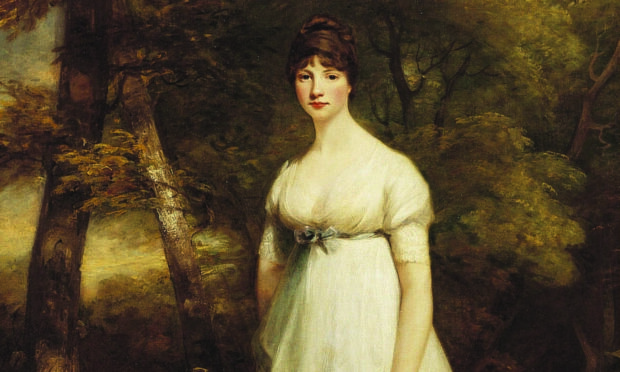

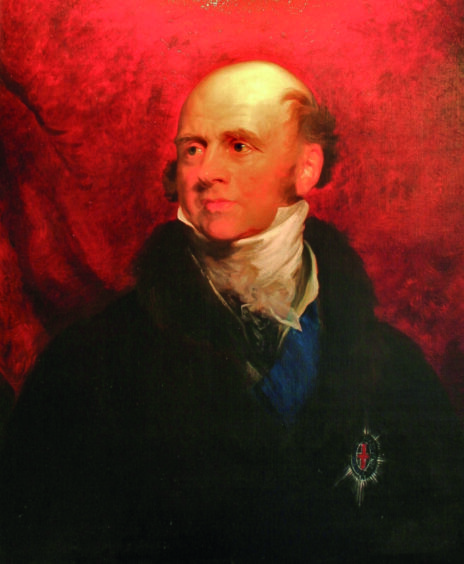
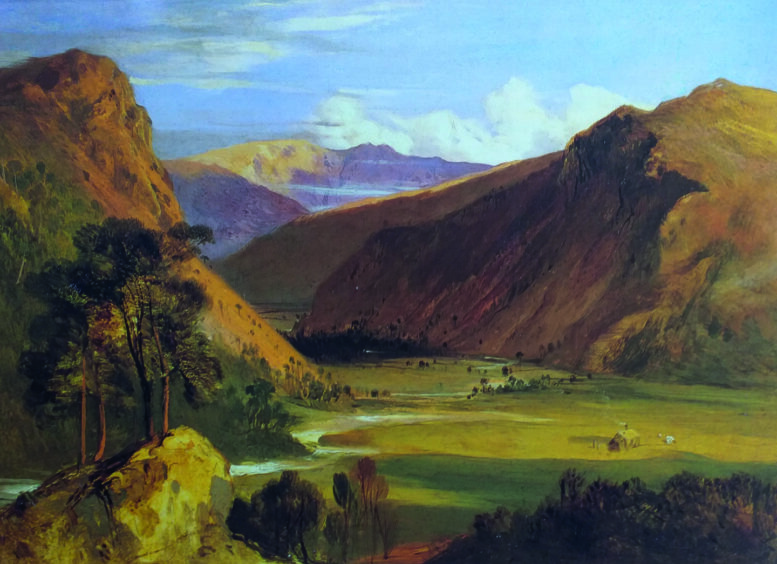
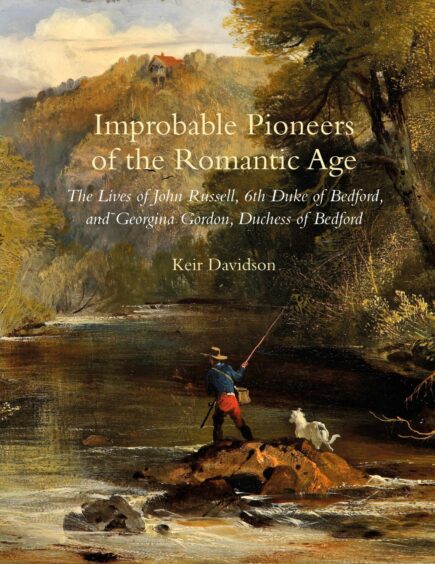




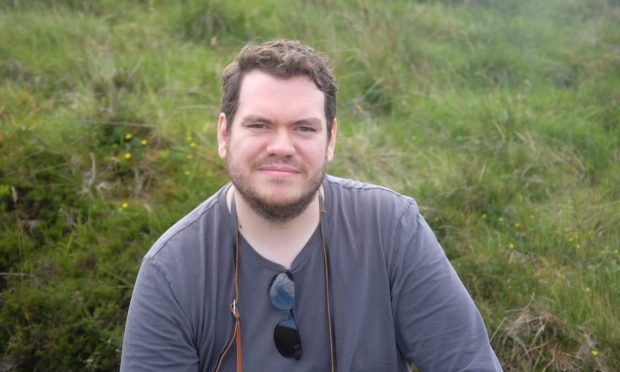


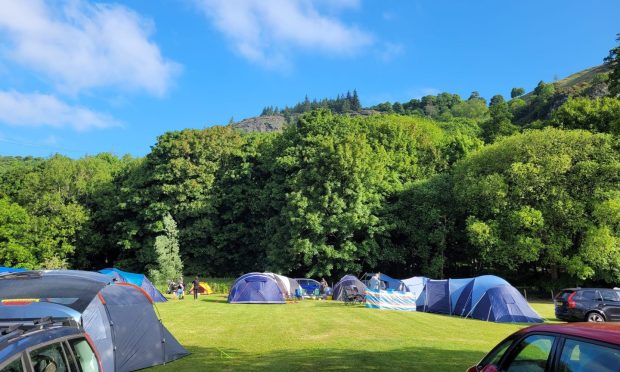


Conversation